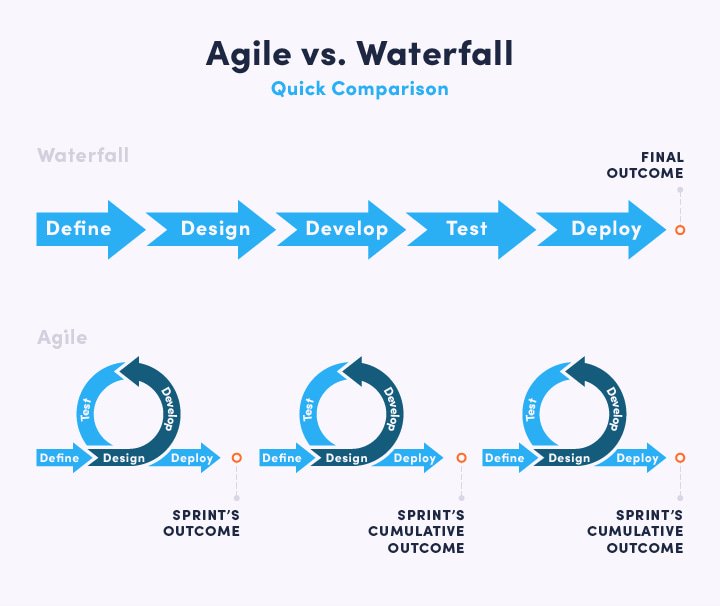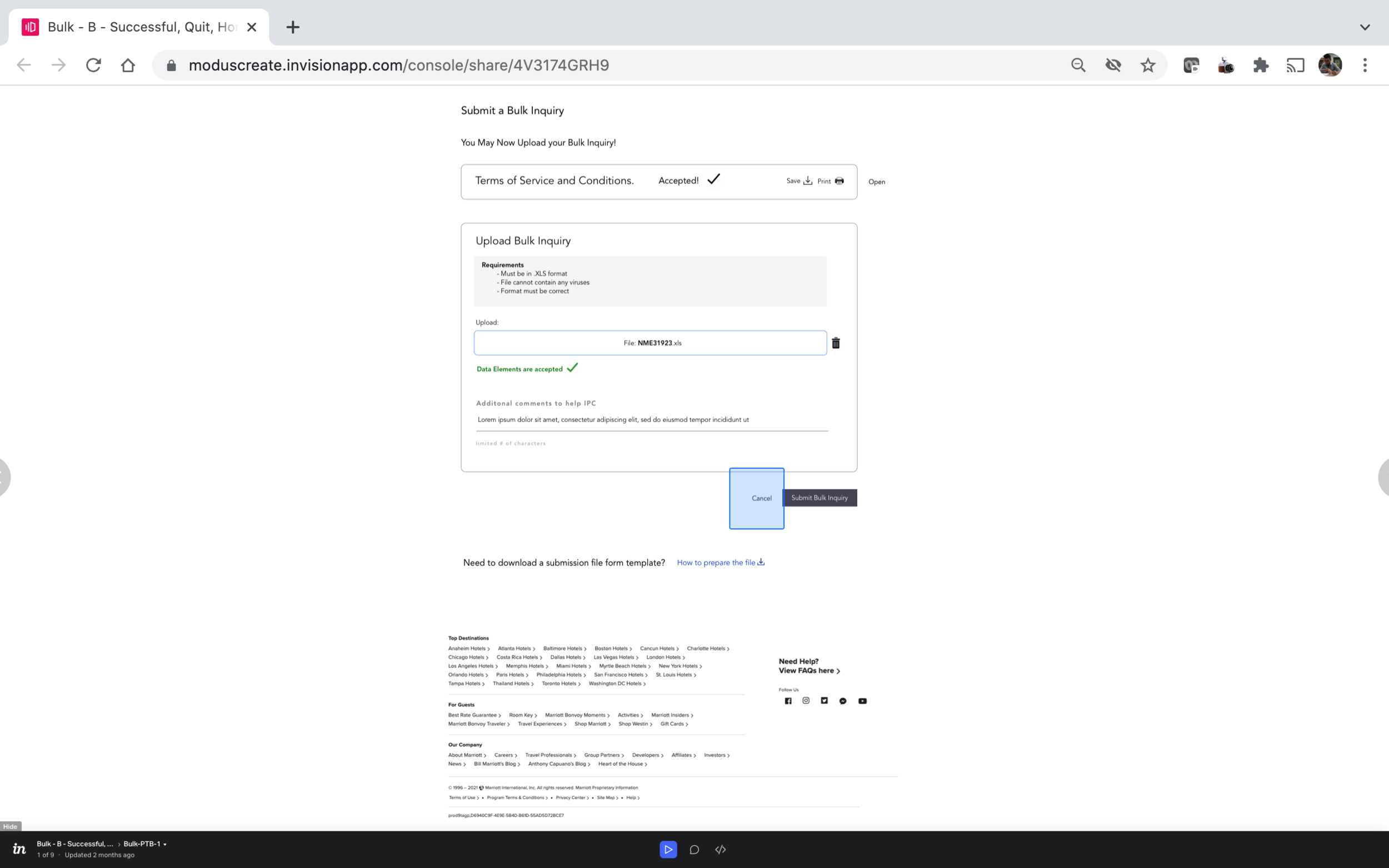Marriott
My Role:
In my role as an UX/UI Designer, I partnered with Marriott to create a new experience for their travel agents and commission partners. I was tasked with owning this project by myself, therefore I had to work on the SOW with client stakeholders. I was in charge of turning concepts into wireframes, designing high fidelity solutions, creating interactive prototypes and serving as the only point of contact between Modus Crete and the client. Lastly, I have to lead the outside engineering team in understanding the user experience and functionality requirements. I answer any questions the development team has.
Objective:
Marriott aims to design a new experience for their travel agents and commission partners that allows them to get prompt answers on their inquiries while delivering a more transparent and automated process.
Project Goals:
I partnered with Marriott to achieve the following goals:
Reduce customer support calls to the IPC team
Improve customer satisfaction
Reduce time to receive a response to an inquiry
My Process:
I prefer using an Agile way of designing where I understand the problem, design a solution, implement and refine. This iterative process allows for continuous feedback, faster release to Prod, and because they are completed in shorter sprints, they are more manageable.
Here is a quick comparison of the new Agile way of working vs the old Waterfall way.
Agile is an iterative methodology that incorporates a cyclic and collaborative process. Waterfall is a sequential methodology that can also be collaborative, but usually teams are not collaborating with each other, and tasks are generally handled in a more linear process.
I prefer to work in a collaborative and cross-disciplinary environment. However, Marriott preferred a waterfall experience. Therefore the developers were not in any of the decision making. Which can cause many problems when that happens.
Single Inquiry:
As a Travel Agency, when I am on the TA Website, after performing a search on the Search Commission tool, and, either not finding the stay I am looking for, or finding a stay where the result seems inaccurate, I need to be able to submit a single inquiry to IPC for that stay. Also, when I want to view my submitted list of inquiries as well as their results as they are posted, I should be able to view them on the TA Website.
Low Fed SiteMaps:
After the discovery phase, I would create low fed sitemaps like the ones below. It helps shows the client stakeholders how pages are prioritized, linked, and labeled. Sitemaps are usually created early in the UX design process.
Design:
When designing these new pages, I had to abide by design and brand guidelines. Therefore, since the elements have been already created, I had to arrange the elements to create a usable and easy experience.
Iteration Examples:
Single Inquiry - Submission
I started the design with just the bare elements. I was also thinking about information hierarchy and how that will play in the user experience. Below is an example of how we iterated from the beginning wireframe to a final solution.
Single Inquiry - List View
Whenever I design, I always try to create 2 or 3 different versions of the same solution. So I provided Marriott with 2 possible layouts to the list view, 1 horizontal layout and 1 vertical lay out. They enjoyed the horizontal solution where the filter section will be static and live on top of the results. The photos below shot the iteration of the List View.
Bulk Inquiry:
As a Travel Agency, when I need to submit a list of inquiries, I should be able to submit my list on the TA Website, as a file attachment containing those records. Also, when I want to see the bulk inquiries I submitted, I should be able to view them along with their status and links to the results. As an IPC User, when I want to see CIU listings and download reports, I should be able to view/download them from the website.
Inspiration:
Design is about half thinking about solutions, and half researching if the solution is already out and validated. I usually go on dribble or any other hub that contains different UI solutions. Below is an example of how I researched other designs regarding the Bulk Inquiry submission UI. Specifically the feature of uploading a file, having the computer run a requirement check and publish to the user if it’s ready for submission, or file does not meet requirements and needs to be re-uploaded.
Iteration Example:
Bulk Inquiry - Submission
The Bulk Inquiry iteration process was a little more complex with thinking about how we wanted to set up the part where the user needs to accept terms and conditions before actually uploading their file. Below is the start of how we were thinking of laying out the user experience.
Below is the updated user experience where we have the user accept the terms and conditions first, then they are allowed to submit their bulk inquiry. The user will not be allowed to proceed in uploading their file, before accepting.
In Progress:
Marriott has hired an outside engineering firm to bring these design solutions to production.
I am currently working with them to implement my designs, making sure solutions are responsive, and answering any questions that the developers might have.





